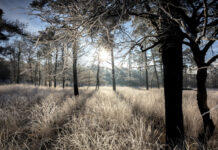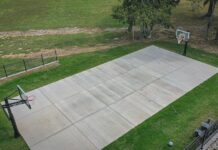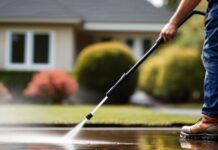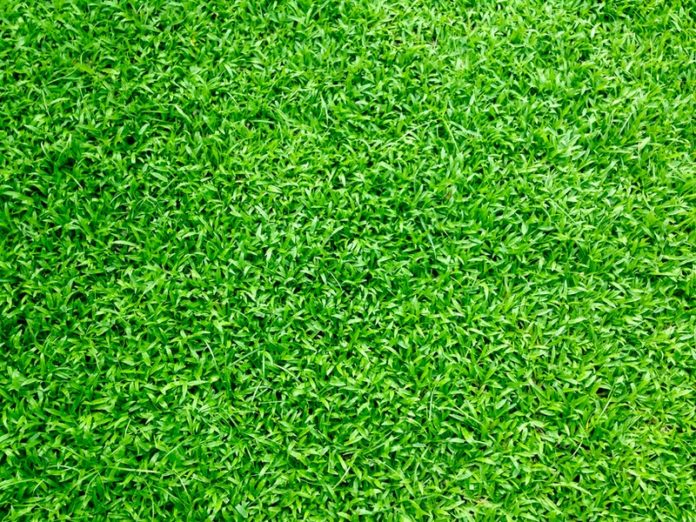As temps heat up and Summer approaches, it is time to consider how to take care of that great lawn you worked so hard on in the Spring.
1. Mow at the right height.
In summer, adjust your mower height to leave grass taller. Taller grass shades soil, which reduces water evaporation, leads to deeper roots and prevents weed seeds from germinating. Ideally, the typical warm-season grass height range is 1-3 inches. Time mowings so you’re never removing more than one-third of the leaf surface at a time.
2. Water properly
For the healthiest grass, water your lawn deeply and infrequently. Check with your local water authority or Cooperative Extension System office for recommended irrigation schedules. Discover tips on how much water a lawn needs.
3. Treat for Grubs.
Japanese Beetles and June Bugs (Beetles) lay eggs in grass in early to midsummer. Eggs hatch into grubs in mid-to-late summer. Timing varies by beetle and region. Check with your local Cooperative Extension System office to determine the best time to put down Grub control.
4. Clean up after your dog
The family dog can cause dead spots on a lawn. If you see dying grass due to your dog’s urination, flush the area with water to dilute the urine in the soil. The best solution is to create a mulched or pebbled area and train your dog to use that area for bathroom breaks. Also, keep waste picked up and dispose of it properly.
5. Sharpen your mower blade.
A dull mower blade tears grass, creating ragged, brown edges that provide an opening for disease organisms. Sharpen your mower blade regularly. The rule of thumb is that a sharp blade lasts for 10 hours of mowing.
6. Let clippings lie.
If you’re mowing grass at the right height, you can let clippings lie on the lawn. This practice is called grasscycling and saves you time, money and fertilizer.
7. Fertilize warm-season grasses.
Warm-season turf grows strongly during summer and needs nutrients. Check with local Cooperative Extension System office to learn fertilizer schedules for your region. Do not fertilize cool-season lawns during summer. Wait until fall or early spring.
8. Tackle weeds.
Apply weed control to help control weeds. Always read and follow label instructions. Do not apply a pre-emergent herbicide in fall if you plan to seed or overseed
Subscribe to our Newsletter!































